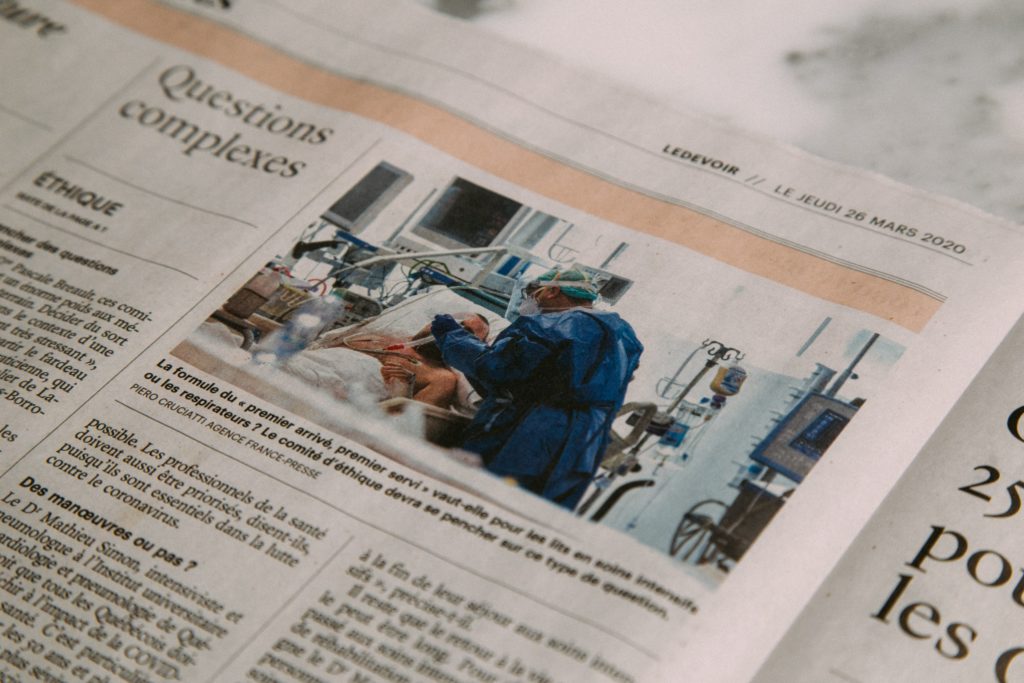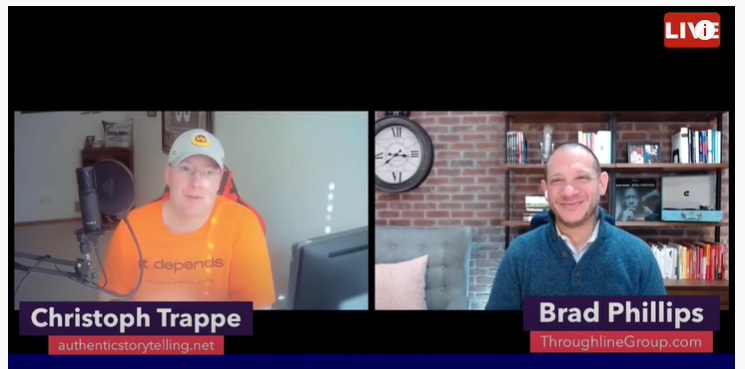8 Tips for a More Effective Media Interview

Photo by Aryan Ghauri on Unsplash
Except for formats such as newsmagazines, long-form journalism, and some podcasts, most media interviews – and the articles or news segments that follow – are quick hits. Your TV interview might be boiled down to a seven-second quote. Your 10-minute interview with a newspaper reporter is reflected in one paraphrased paragraph – and maybe the inclusion of a statistic you provided.
If you try to tell a comprehensive story in the short window you have with the reporter, you will inevitably be disappointed. You can’t be comprehensive, so what should you do?
In this post, we cover some important actions you can take before, during, and after your media interview to make the most of your minutes.
Maximize Your Media Interview Minutes
Before your interview …
1. Interview the reporter. What is the story about? Is this a narrow focus on a subject or a broader look at a topic? Are you one of several sources or the only source? Not all journalists offer up such background intel, but most will give you a general sense of what they plan to ask. Use the information to identify your most important point and prepare responses that align that point with or make it relevant to the questions you are likely to be asked. (Here are some additional tips on how to work with reporters.)
2. Offer to send background material. Supporting material can provide deeper context and meaning to your key points that you may not have time to cover during your interview. If sent early enough, it might even influence the questions that the reporter asks. However, avoid giving too much background material. It should be just enough to help the reporter understand the story, but not so much that it could distract from the main point. It’s not about sharing everything you know, but prioritizing the information, so that you talk about the points you want to talk about.
3. Rehearse your responses. You are more likely to be quoted if your quotes are media friendly. Metaphors, analogies, and rhetorical questions tend to be music to reporters’ ears, as are declarative quotes and those that pull at the heartstrings. You also can use the “rule of three.” A trio – whether that’s a series of things, phrases, or sentences – tends to be more memorable. As an example, imagine you are launching a new product and the reporter asks you what sets it apart from the competition. You could say this: “Our product has the fastest download speed, clearest resolution, and most user-friendly interface on the market today.”
During your interview…
4. Don’t fall into the call-and-response trap. In everyday life, it’s polite and expected that when asked a question, you respond with an answer – without much thought as to how it fits into the broader conversation. In a media interview, every answer counts. The risk of straying off message is that irrelevant or unimportant points will be quoted. To the degree possible, frame every answer within the context of the main point or key message. Here are some examples of ways to do that.
5. Cast a line. Make a plan to introduce a hook that draws your audience to your website or cause, so you don’t lose that audience engagement when the interview ends. Don’t wait for the reporter to provide that information or ask you about it. For instance, you lead a nonprofit and you are talking to a local TV news reporter about the launch of a community fundraiser. You might say this: “From scholarship assistance to no-cost grief counseling, we help fellow community members experience some of life’s greatest joys and cope with its greatest sorrows. On our website, we have stories of the people we’ve helped here in town because of the generous donors who have funded these and many other programs. If people want to help, reaching out to us is a great way to start.”

After you conclude your media interview, remember to ask about the publication or air date of the story for which you were interviewed. It’s important to review the final product to make sure it’s accurate and to use it as a tool to improve and enhance your skills for your next media interview. Photo by Charles Deluvio on Unsplash
After your interview …
6. Make yourself available. Encourage the reporter to contact you for additional clarification, information, or material. This may give you a chance to rephrase an answer that didn’t come out as you hoped or spend more time with the reporter to reinforce your key points. Just be careful about sounding as if you are requesting to see a story before publication. Be clear that your offer is about ensuring accuracy, rather than a rewrite.
7. Ask about the publication or air date. Just because the interview is over doesn’t mean your job is done. The last step is to watch the news segment or read the article to make sure it’s accurate and nothing was taken out of context. A couple of caveats: A story is not wrong simply because a reporter failed to include something you said that you thought was important. That said, if the omission makes the story inaccurate or fails to provide your side of the story, it’s worth contacting the reporter.
8. Evaluate your effectiveness. Use every interview as a way to get better and hone your media interviewing skills. When the broadcast or story comes out, see what hit and what didn’t and use it as practice and guidance for the next one. (Here are 20 ways to evaluate your media game.)
Media interviews are strategic conversations – not your typical everyday exchange. They require a concentrated effort, before, during, and after you give them. With a plan and a purpose, you can respond to questions – even off-topic and challenging ones – directly and authentically in a way that still helps you to communicate what you believe in or the message that you are trying to tell.


